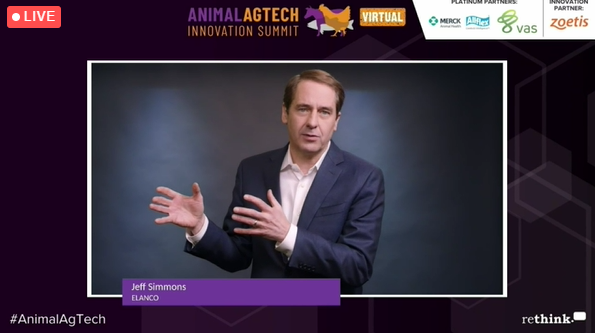Summit Highlights
The Animal AgTech Innovation Summit on March 8, 2021 welcomed its largest audience to date with 579 delegates from 35 countries.
The summit was joined by the world’s leading animal health and nutrition companies, livestock and dairy producers, start-ups and investors.
Check out our summit highlights below!


 CLOSE
CLOSE





























